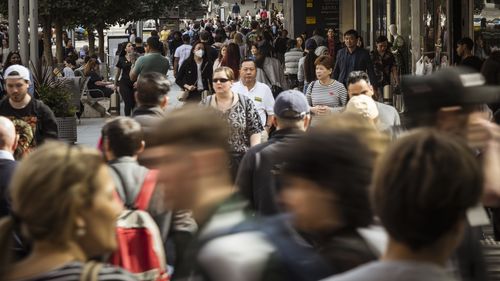The wage price index (WPI) rose by 4.2 per cent in the 12 months to December, according to new data from the Australian Bureau of Statistics (ABS), marginally ahead of the consumer price index at 4.1 per cent.

“For both the public and private sector, wages growth was driven by organisation-wide annual wage and salary reviews,” ABS head of prices statistics Michelle Marquardt said.
“Wage growth for December quarter 2023 saw a higher contribution from jobs covered by enterprise agreements than is typically recorded for a December quarter.”
There was a particularly high rise in the public sector, where wages jumped 1.5 per cent from September to on the back of new pay deals for essential workers like nurses.

Top 10 Aussie jobs with the highest pay rises in 2023
“Higher growth in the public sector was primarily due to newly implemented enterprise agreements for essential workers in the healthcare and social assistance and education and training industries following changes to state-based wages policies,” Marquardt said.
December quarter annual wages growth, at 4.2 per cent, increased compared to the September quarter (4.1 per cent) and is the highest recorded annual growth since the March quarter 2009 (also 4.2 per cent).
The industry where wage increases were most pronounced in was healthcare and social assistance (5.5 per cent) – the highest growth since the start of the ABS data in September 1998.
At the other end of the scale, the finance and insurance sector saw wages grow by 3.2, the lowest of all industries.








